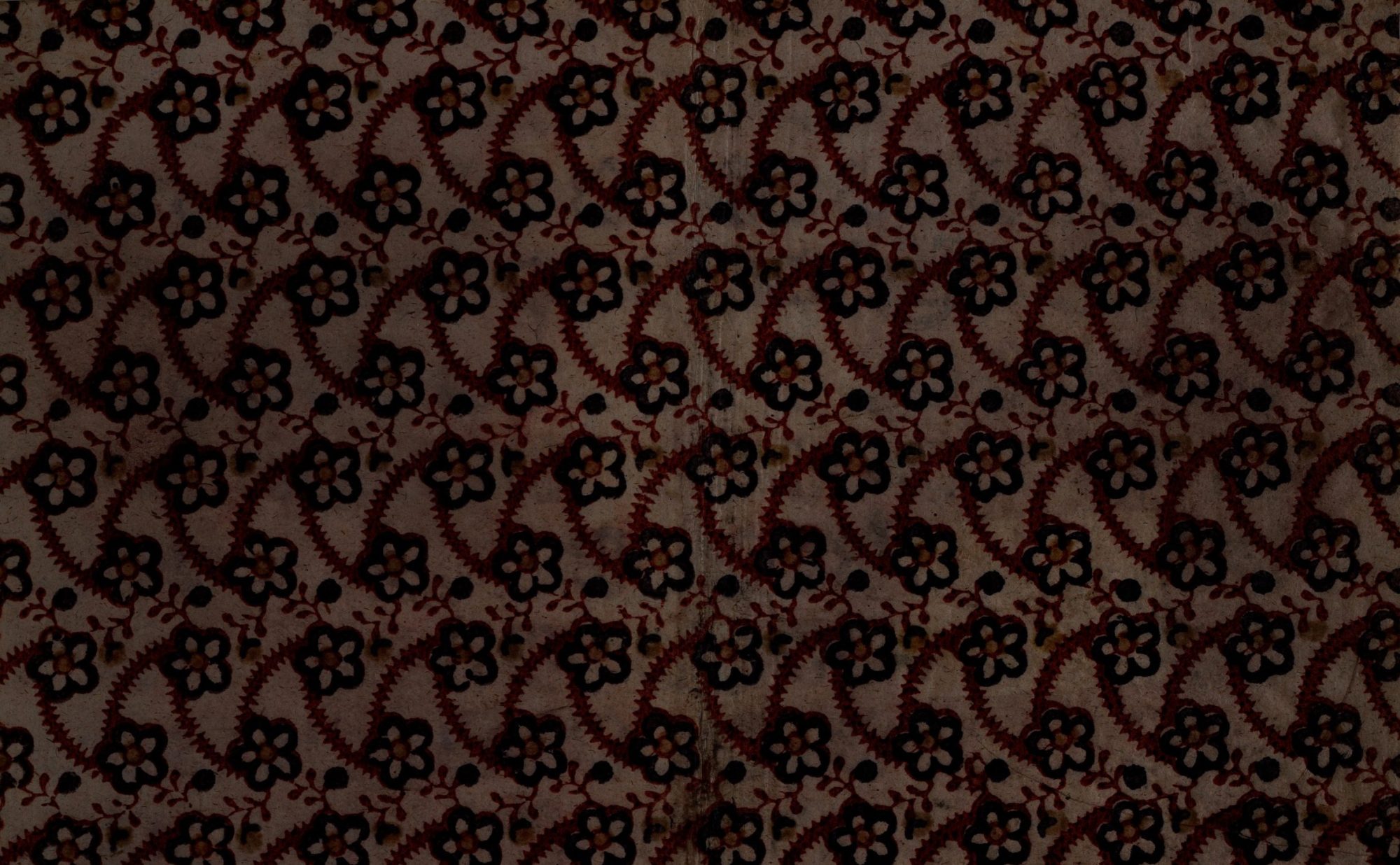My doctoral project investigates the entanglements between the surface of the image and the depth of the earth. In the face of ecological disaster and extractive ruination, a heightened attention to the underground sees a parallel in the contemporary centrality of the ‘deep’ in relation to AI systems and processes of automated perception, from data mining to deep learning. The paradigm of depth extends from geology to the domains of machinic cognition, yet this extension is not purely metaphorical: it is precisely through these ‘deep’ ways of sensing, imaging and knowing that humans can see, and excavate further, the depths of the earth. I argue that this entanglement of extraction and visibility regimes cannot be understood without a critical examination of the historical co-production of the imperial scopic and geological imaginations. To this aim, the project mobilises a series of entwined historical and contemporary cases in which the multiscalar relationships between more-than-human ways of seeing and the geological column trouble the oppositions between surface and depth, human and machine, representation and operation.
Dámaso Randulfe is a senior lecturer and a coordinator of Critical and Contextual Studies at the School of Art, Architecture and Design, London Metropolitan University; an associate lecturer at the School of Architecture, Royal College of Art; and an editor of Migrant Journal, a publication series on the spatial politics of human and other-than-human migrations. Dámaso’s work and various collaborative projects have been presented at the Oslo Architecture Triennale, Venice Biennale, Triennale de Milano, Architectural Association, Design Museum, Ivorypress or The Showroom. Dámaso is currently a LAHP/AHRC-funded PhD candidate at the Royal College of Art researching entangled ecologies of vision and extraction.
